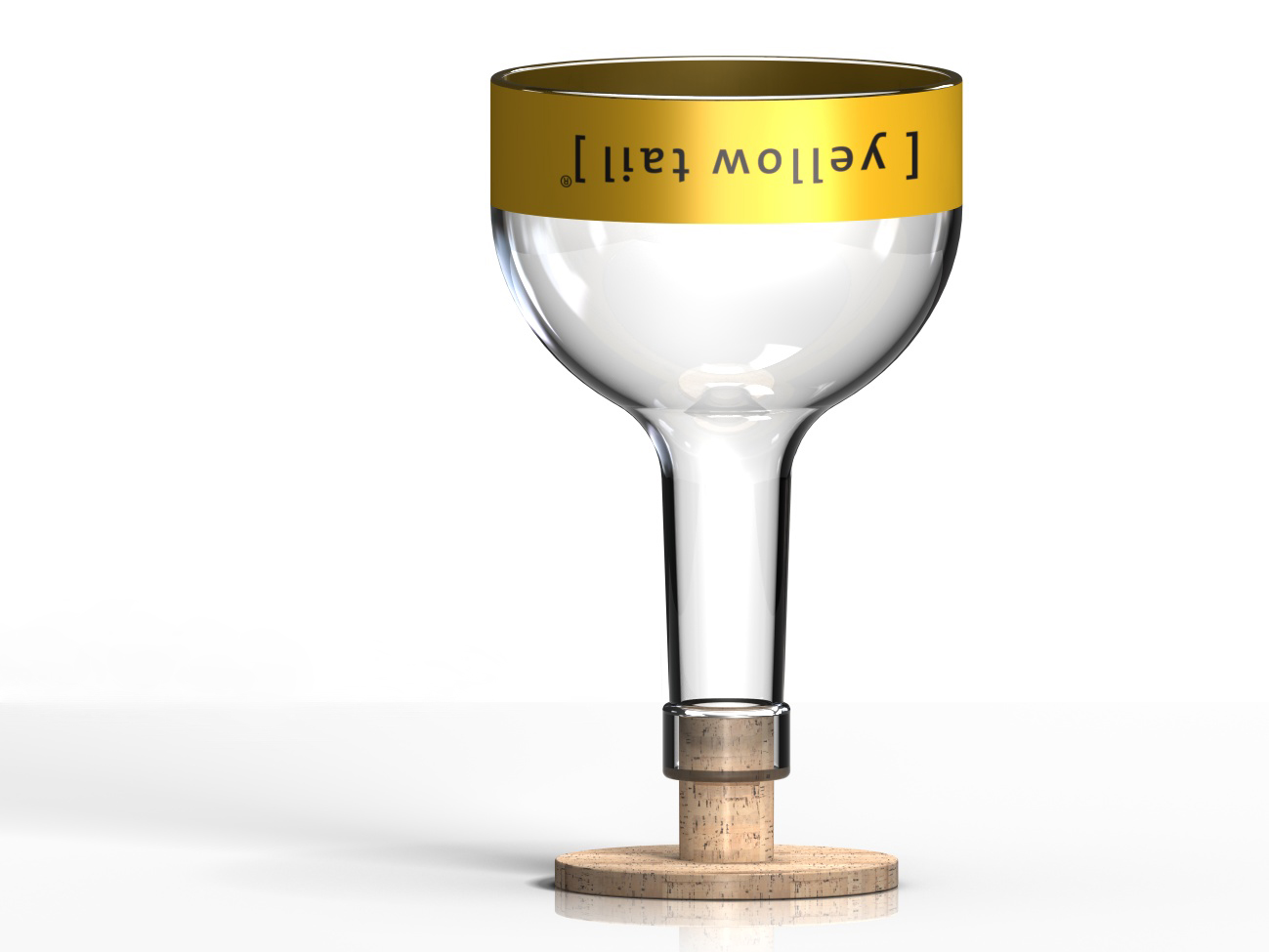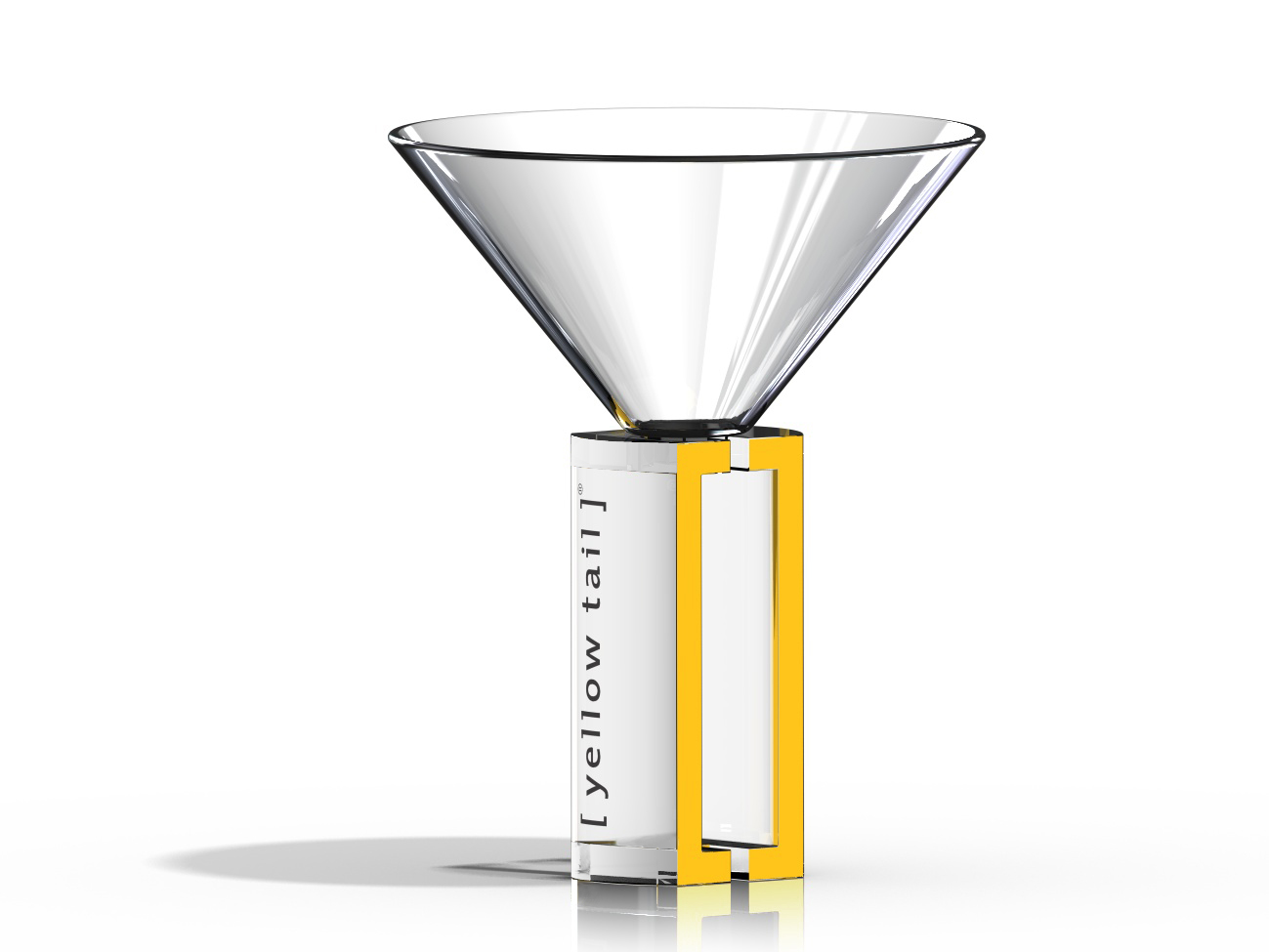 Last week, I had a brief interview with architect and product designer Michael Graves about his recent collaboration with [yellowtail] wines in creating a limited edition set of glasses which will be auctioned off this month on Ebay with profits going to the American Association of Museums.
Last week, I had a brief interview with architect and product designer Michael Graves about his recent collaboration with [yellowtail] wines in creating a limited edition set of glasses which will be auctioned off this month on Ebay with profits going to the American Association of Museums.
I’ve always had an interest between the blurry design intersections in space and objects. Graves is one of few successful architects to bridge the object world most notably known for his Universal designs along with a line up of products sold at Target.
The brief interview with Graves and a video explaining the project more after the jump along with images of the 3 glasses his team created.
Designverb:
How did an architect like yourself get into the world of product design?
Michael Graves:
Well, it began in college when I designed every piece of furniture in my apartment. So it was always in me.
But later in my career, when I got into product design, it seemed to upset some people. Some even predicted it was the end of me. But what followed were some of the best clients imaginable, from Target, Alessi, Disney. And with this project, [yellow tail]. So I think it’s worked out nicely.
DV:
What elements and methods in your architectural profession bring value to the product/industrial design discipline?
MG:
I don’t really view them as separate, actually. I’ve always fashioned myself a general practitioner, not as a specialist in any one area. I feel that too often, people become too specialized. Just as a lawyer should be well practiced in case law, an architect should have the same fundamental knowledge of their craft. And if your business evolves into an area of specialty, then that’s great – but it shouldn’t define the extent of your expertise.
DV:
What differences do you find between an architect and a product designer? Strengths, weaknesses.
MG:
Certainly, there’s a difference between the scale and complexity of a building and an artifact. However, we take the design of both equally seriously, and take into consideration their functionality, how people relate to and use them, how they each influence the continuum from the scale of a city to the building to the interior room to the object on the table. When looked at broadly rather than in isolation, buildings and products reflect our core values. If people intuitively understand how to use them and gain joy from their visual appearance, we’ve made a difference.
DV:
What story does your yellowtail glass tell? What does it not? How does a person experience this story?
MG:
They help symbolize the [yellow tail] brand, which is all about playfulness and unpretentiousness. [yellow tail] doesn’t play by the traditional wine rules, they want to break down the snobbier barriers of exclusivity associated with enjoying wine.
One imagines that these glasses could be brought out at a dinner party, but also at a backyard party. They are conversation pieces, and at the same time, they are sturdily built. You won’t be afraid to use them to fulfill their purpose as drinking glasses. They are not so thin and fragile that you are afraid to use them.
DV:
What is your favorite product? One that you designed, and one that you did not? What product do you think you failed in designing?
MG:
Our favorite product is always the next one that we’re designing because the excitement regenerates for each project. Every time a client comes to us and says I have a special project and I’d like you to handle it – that’s exciting. After the project is done, it’s now in our clients hands. We are not going back and admiring our work, so it’s tough to pinpoint favorites.
DV:
What’s harder to design…. a building or a product for the mass? What’s the core difference?
MG:
I want to design for the masses in whatever I do. I was once shown a telephone that another designer had made and it was more like a sculptural piece than it was a real phone. It wasn’t clear how to hold the phone or where the earpiece was. When I created our phone for Target, I wanted it to be a great phone that everyone would appreciate.
DV:
What is your definition in a failed design, before it’s released, and after?
MG:
It’s tough to gauge because a product can fail in the marketplace due to some economic issue even though it may have been some of the best work you’ve ever done. So, you learn to hold yourself to your own standards and of course, making sure the client is happy. And I cannot recall an instance where we haven’t measured our work to those standards.
DV:
What is your definition in a successful design, before a product is released and after?
MG:
For us, success is usually determined when the job is done and the project is complete. That’s when the excitement peaks for us. Later on, it’s nice to see people enjoying the products you designed or visiting your buildings, but at that point, the excitement should be passed to the user.



